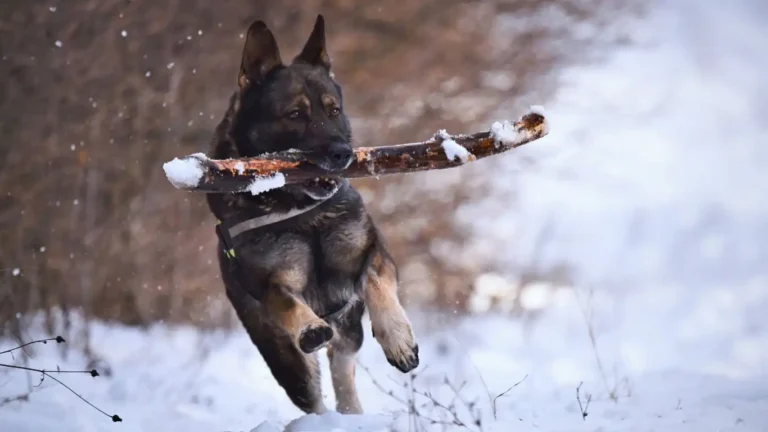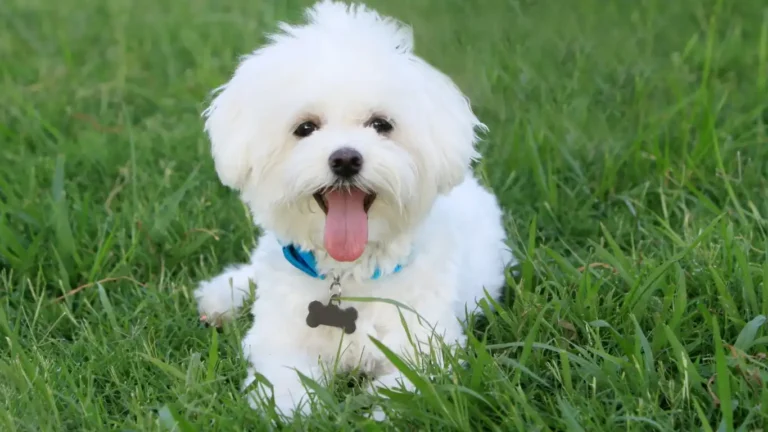Struggling with Booties? How to Teach a Dog to Tolerate Them
If you’ve ever tried to wrestle booties onto a wiggly pup only to have them kicked off within seconds, you’re not alone. One of the most common questions I get asked as a vet tech who specializes in pet nutrition and care is how to teach a dog to tolerate wearing booties. Whether it’s icy sidewalks in winter or scorching hot pavement in summer, dog booties can save paws from serious injury. But convincing your furry friend that these alien foot covers are a good idea? That takes a bit of patience, a dash of humor, and a whole lot of treats.
Why Do Dogs Hate Booties?

First, let’s talk about the elephant in the room: dogs aren’t born with a fashion sense. From a dog’s perspective, booties feel weird. Imagine waking up one morning with thick socks duct-taped to your hands—yep, that’s how your pup probably feels. In my years working with all breeds and personalities, I’ve seen that most dogs react the same way: high-stepping, paw shaking, or just freezing like a statue. It’s not that they hate you for putting them on; they just need a little time to understand what the heck is going on.
How to Teach a Dog to Tolerate Wearing Booties
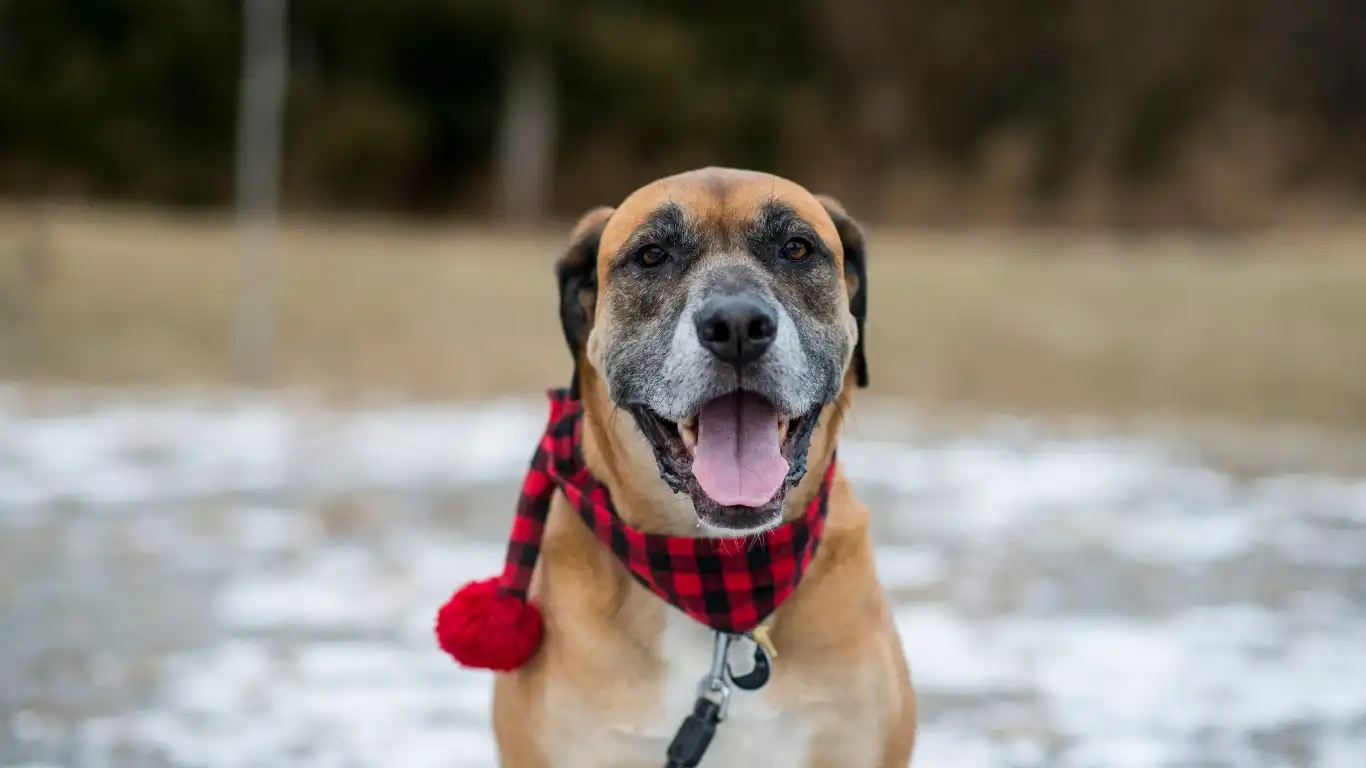
Training your dog to accept booties is totally doable, but it’s not something you want to rush. I always tell clients to think of it as introducing a new harness or crate—slow and positive wins the race.
Step 1: Let Them Sniff It Out
Before you even attempt to put the booties on, let your dog check them out. Toss them on the floor and let your dog sniff, nudge, or even carry them around. This builds familiarity without pressure.
Step 2: Create Positive Associations
Every time your pup shows interest in the booties, reward them. Seriously, grab the good treats—like the freeze-dried liver or those cheese cubes that make them drool. You want them to think, “Hey, when these weird things come out, good stuff happens.”
Step 3: Try One Paw at a Time
Slip on a single booty while they’re relaxed—maybe during a cuddle session or while they’re lounging. Then remove it after a few seconds and reward. Gradually increase the time they wear it. Eventually, work your way up to all four paws.
Step 4: Let the Comedy Begin
Once they’re geared up, get ready for the hilarious high-stepping dance. Don’t laugh too hard (okay, laugh a little). Just keep it positive and encourage movement with toys or short walks inside the house. This part is super important because motion helps them adjust faster than just standing still.
Step 5: Keep Sessions Short and Sweet
Don’t overdo it. A few minutes here and there is way better than an hour-long session that ends with your dog hiding under the bed. I’ve learned that short, fun sessions lead to lasting success way more often than dragging it out.
Pro Tips from the Vet Tech Trenches

- Start young if you can. Puppies adapt quicker and think it’s all just part of life.
- Use breathable, flexible materials for comfort. Some cheaper options can be stiff or rub their paws raw.
- Check sizing carefully. If the booties are too tight or too loose, they’ll hate them even more.
- Never punish your dog for resisting. It’ll just make booties the bad guy forever.
- Reward generously—booty time should feel like jackpot time!
As someone who works closely with dogs in stressful situations, I can tell you firsthand: this kind of training isn’t just about booties—it’s about trust. When your dog learns that you’re not out to trick them and that new things often come with cheese, they start to approach challenges with more confidence. Plus, watching your pup strut their stuff in brand new boots? Priceless.
What to Look for in Quality Dog Booties
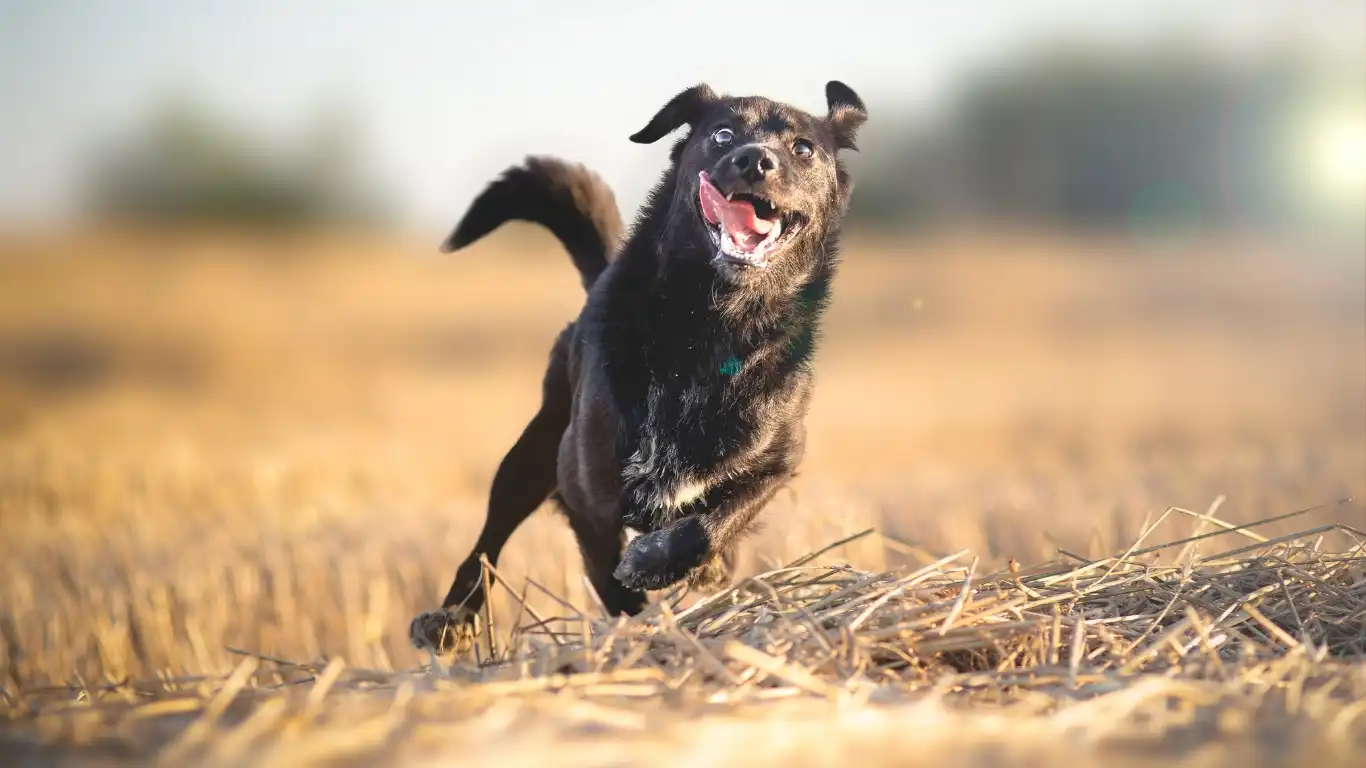
Alright, so you’ve gotten your pup to tolerate wearing booties (or at least not do the dramatic paw-flinging tantrum). Now comes the part a lot of folks overlook—actually picking the right booties. Not all dog booties are created equal, and I’ve seen more than a few poor pups come in with raw spots or broken nails from bad fits or cheap materials.
From my experience in the clinic and at home, here’s what I always recommend dog parents look for:
- Non-slip soles: Especially important for older dogs or indoor use. Rubber soles give traction and help prevent injuries.
- Adjustable straps: Velcro or hook-and-loop closures let you fine-tune the fit without making things too tight.
- Breathable fabrics: Avoid materials that trap heat or moisture. Dogs sweat through their paws, and trapped moisture can lead to nasty yeast infections (yep, I’ve treated a few!).
- Water resistance: Not a must for everyone, but if you’re in a rainy or snowy area, water-resistant booties make a big difference.
- Easy on, easy off: You’re less likely to get frustrated and give up if the booties aren’t a wrestling match every time.
I’ve also had better luck with brands that cater specifically to active or working dogs. They tend to invest more in design and comfort. Just be sure to double-check that sizing chart—what one company calls a “small” might be a “medium” in another. Been there, done that, had to exchange it twice!
Common Mistakes When Teaching Dogs to Wear Booties
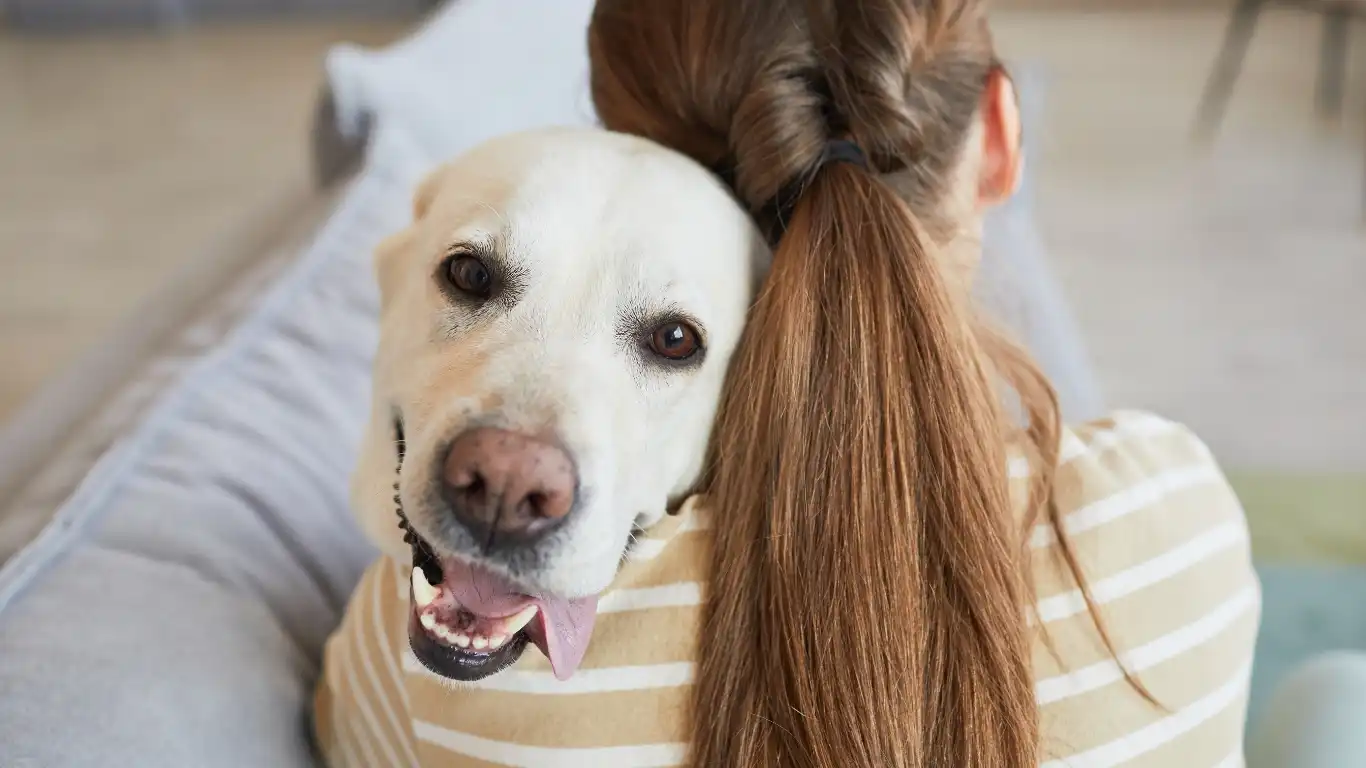
Training dogs to accept new gear takes time, but there are a few mistakes I’ve seen pet parents make again and again. If you can sidestep these, you’re already halfway to success.
- Rushing the process: I get it, you’re excited to go on that hike or winter walk, but skipping the baby steps usually backfires. Go slow. Your dog will thank you.
- Using booties only when it’s urgent: If you only bust out the booties in emergencies—like during a snowstorm or when the pavement is blazing hot—your dog may associate them with discomfort. Practice during calm, everyday moments too.
- Neglecting to check for discomfort: Watch your dog’s body language. Limping, excessive licking, or flat-out refusing to move? That’s a red flag something’s not right with the fit or feel.
- Forgetting to reward: Positive reinforcement is everything. Treats, praise, belly rubs—whatever your dog lives for, use it as your secret weapon.
One client of mine had the sweetest golden retriever who would just flop on his side like a dramatic toddler every time they tried to put on his boots. Turns out, they’d been cinching the straps too tightly. We loosened them a bit and added some high-value treats to the mix, and boom—he was prancing around like a show dog the next day.
How Nutrition Can Impact Your Dog’s Paw Health

This might seem like it’s coming out of left field, but hear me out: what your dog eats can actually affect how well they tolerate wearing booties. As someone who specializes in canine nutrition, I’ve seen firsthand how poor diet can lead to dry, cracked paw pads that make any kind of footwear uncomfortable.
Here are some key nutrients that support paw health:
- Omega-3 fatty acids: Found in fish oil and flaxseed, these help keep skin and paw pads moisturized from the inside out.
- Zinc: Critical for skin regeneration and healing. A deficiency can cause tough, cracked skin and even hair loss around the paws.
- Biotin: Great for nails and skin health—just like with us humans. It’s often included in high-quality dog food or supplements.
If your dog’s paw pads feel rough or cracked, that’s not normal. It might mean a deeper health issue or a dietary imbalance. I always recommend getting a vet tech or your vet to take a look before assuming it’s just the booties causing the problem.
Keeping your dog’s paws healthy makes the entire bootie-training journey smoother. Plus, it’s one of those holistic approaches that I wish more pet owners knew about—treat the body, not just the symptom.
In my experience, when we combine good nutrition, gradual training, and lots of positive vibes, dogs not only learn to wear booties—they rock them. And hey, nothing beats the sight of your pup trotting confidently down the sidewalk in full bootie glory, looking like they own the place.
Real-Life Scenarios Where Bootie Training Pays Off

Let me tell you, teaching your dog to tolerate wearing booties isn’t just a “nice to have”—it can be an absolute game-changer. I’ve worked with dogs from every walk of life, and I’ve seen firsthand how booties help in real-life situations that most pet parents never think about—until they’re smack in the middle of one.
Picture this: it’s mid-July, the sun is blazing, and the sidewalk is basically lava. I had a client, a sweet senior pug named Otis, who refused to step outside without his little booties. We measured the pavement at over 140°F one day! His mom was so relieved she’d gotten him used to wearing them early—he could still do his evening stroll without frying his paw pads.
Or take wintertime. Here in the colder parts of the country, the sidewalks get coated with rock salt and ice melt. These chemicals can burn your dog’s paws or cause nasty irritation if they lick it off. Booties create a safe barrier. A golden retriever I cared for actually developed a painful salt burn before his owner realized what was happening. After healing, we worked together to desensitize him to booties, and now he struts around like he owns the snow-covered park.
Even indoors, booties can be helpful—especially for dogs with mobility issues. On slick tile or wood floors, booties with grippy soles can help senior dogs (or pups recovering from surgery) maintain stability and avoid falls.
When to Talk to a Pro

Okay, so you’ve done the training, picked the right gear, and you’re still seeing some resistance—or maybe some discomfort. This is when it’s time to consult your veterinary team. I always remind people: there’s no shame in getting expert help. Sometimes what looks like a behavioral issue is actually medical.
Here are a few signs it’s time to loop in a vet or vet tech:
- Your dog limps or avoids walking in the booties even after multiple sessions.
- You notice redness, swelling, or hot spots on the paws after bootie use.
- Your dog obsessively chews or licks their feet after training sessions.
- The booties rub their dew claws or cause abrasions near the nail beds.
We’ve seen dogs with hidden pad injuries, fungal infections, or even arthritis in their toes—all things that can make wearing booties painful if not addressed. Don’t guess. A quick exam could save your dog a lot of discomfort.
Building Trust Through Positive Experiences
Training your dog to tolerate booties is more than a cute trick—it’s a trust-building moment. In my work, I’ve seen dogs come to accept all sorts of odd things (eye drops, toe nail trims, dental chews… even doggy goggles!) just because their humans took the time to introduce those experiences slowly and with compassion.
When dogs feel safe and supported, they’re way more likely to roll with the new stuff. Booties included. I had one pit bull mix, Daisy, who would sprint for the door as soon as she saw her booties—because she knew adventure was coming. Her booties meant trail hikes, lake days, and muddy paws (with easy cleanup!).
The trick is making every interaction with those little rubber shoes a chance to connect, not control. Get down on their level, make it playful, and always, always end with something positive—whether it’s a treat, a belly rub, or just your happiest “good dog!” voice.
Final Thoughts & Resources
By now, you’ve got a solid understanding of how to teach a dog to tolerate wearing booties, from choosing the right gear to positive reinforcement and knowing when to seek help. Like anything in pet care, it takes a blend of patience, education, and empathy.
To deepen your knowledge or troubleshoot unique challenges, here are some trusted resources I often recommend to clients:
- American Veterinary Medical Association (AVMA)
- American Kennel Club (AKC)
- ASPCA
- U.S. Food and Drug Administration – Animal & Veterinary Division
Every dog is different, and you know your pup better than anyone. Trust your gut, ask questions, and never be afraid to seek guidance. And remember—those goofy, floppy first steps in booties? That’s just the beginning of a more comfortable, safer life for your best furry friend.
Disclaimer
This article is for informational purposes only and is not intended to replace professional veterinary advice, diagnosis, or treatment. Always consult your veterinarian or a qualified veterinary technician if you have concerns about your pet’s health or behavior.



